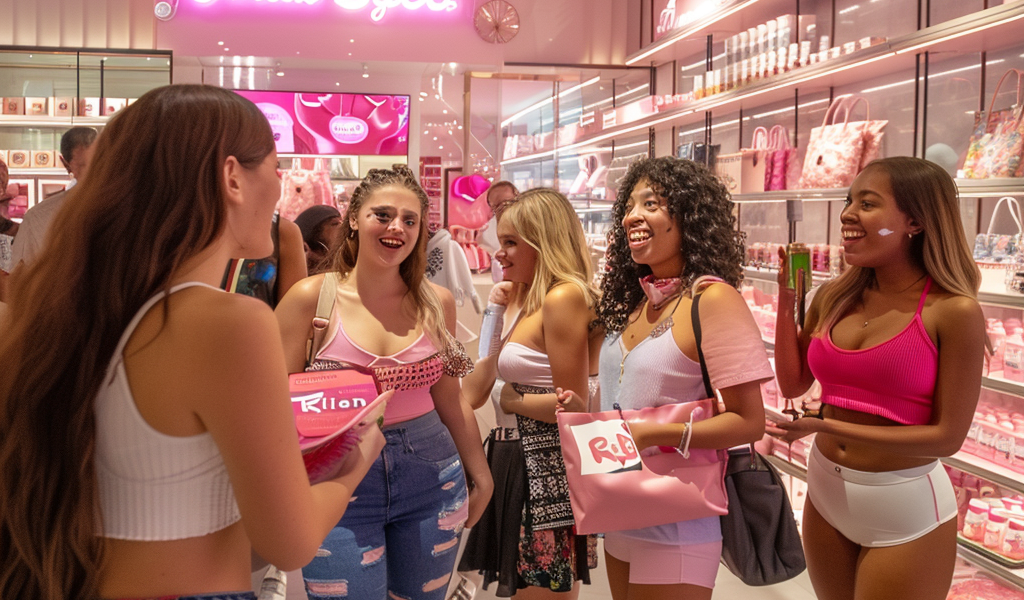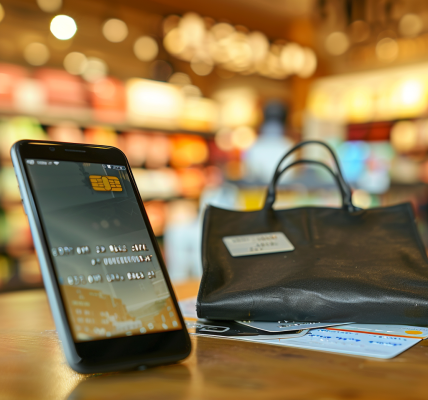Victoria’s Secret is making a concerted effort to regain its foothold in the fashion industry, particularly among Gen Z consumers. With a strategy that combines nostalgia with contemporary trends, the iconic lingerie brand aims to revive its once-dominant status in the market.
Recently, many shoppers have expressed a sense of nostalgia when visiting Victoria’s Secret stores, recalling the excitement of their youth. Julia Quang, a 23-year-old content creator, shared her experience of shopping at the store, where she purchased Bombshell perfume, flavored lip gloss, and whale-tail thongs. “It brought me so much nostalgia,” she remarked, highlighting how the products reminded her of the fun she had while shopping there with her mother during her childhood.
Victoria’s Secret, once synonymous with sexiness and femininity, saw its reputation wane following the cancellation of its annual runway show in 2019. This year marked a turning point, as the brand faced backlash for its lack of diversity, limited sizing options, and controversial comments made by its former Chief Marketing Officer, Ed Razek, in 2018. The fallout from these issues prompted the company to embark on a journey of damage control.
Initially, the brand’s attempts to pivot included replacing its famous Angels with a diverse group of spokespeople and transitioning its runway show into a fashion-focused documentary. Despite these efforts, many consumers perceived them as superficial, leading to a decline in interest. The company’s yearly net sales dropped by 3% between 2022 and 2023, reflecting the challenges it faced during this period.
However, Victoria’s Secret has begun to turn the tide in 2024, surpassing quarterly revenue estimates in the second quarter. This resurgence can be attributed, in part, to the brand’s strategic nods to its past, which resonate with consumers like Quang and have encouraged them to reintegrate Victoria’s Secret into their shopping habits.
Gen Z’s affinity for vintage fashion trends has played a significant role in this revival. The current generation has shown a keen interest in styles from the early 2000s, including ballet flats and maxi skirts, leading to a resurgence of brands like Coach and Abercrombie & Fitch. As a result, rekindling their relationship with Victoria’s Secret seems like a logical step for these young shoppers, provided the brand offers them products that evoke a sense of nostalgia.
In line with this trend, Pink, the youthful sub-brand of Victoria’s Secret, has been reintroducing popular items from the early 2000s, such as logo sweats and bedazzled foldover leggings. These nostalgic offerings have captured the attention of Gen Z consumers, further solidifying the brand’s strategy to draw in a younger audience.
Victoria’s Secret has also revitalized its beauty lineup, which has quickly ascended to the top of teen wish lists, largely due to the influence of social media. The brand’s marketing efforts have successfully tapped into the online enthusiasm for retro beauty products, ensuring that they remain relevant in a highly competitive market.
As the brand continues to evolve, it remains to be seen how effectively it can balance its rich history with the demands of modern consumers. The combination of nostalgia and innovation appears to be key in attracting a new generation of shoppers while simultaneously re-establishing its identity in the fashion landscape.
With a focus on engaging Gen Z through familiar yet fresh offerings, Victoria’s Secret is poised to reclaim its position as a go-to destination for lingerie and beauty products. The brand’s journey illustrates the power of nostalgia in fashion and the potential for legacy brands to reinvent themselves in the ever-changing retail environment.





